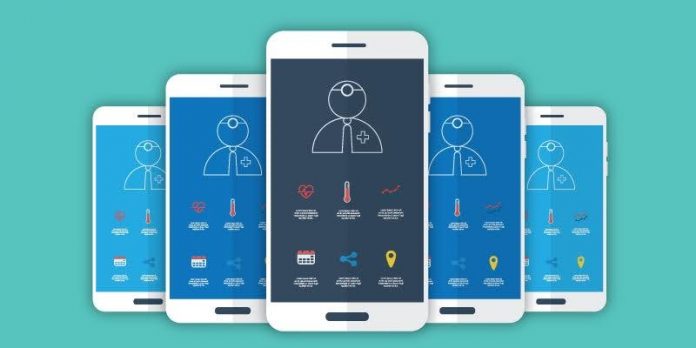Lately, at the time of introduction of mobile communication, authorities were adamant to ban the use of wireless devices in hospitals. According to them, signals coming from mobile devices can jumble with the signals of monitors and other medical equipment, in turn hampering their functioning. However, American Medical Association and UK Medicines issued documents which negated the interference of cellular signals in the functioning of medical devices. On the contrary, many hospitals are using mobile phones to reduce medical errors, offer timely services, boost efficiency and decrease costs.
Much before the introduction of GSM technology, there were many healthcare units that understood the importance of quick internal connectivity, and hence, invested in communication solutions. Since the development of GSM technology was in its nascent stage at that point in time, the systems offered connectivity for legacy networks only. After successful use of GSM technology in other sectors, healthcare domain also realized its importance and upgraded the existing infrastructure with the help of various and widely available GSM 3G Gateways.
Defining GSM
Before delving more into applications of GSM technology in the medical domain, let’s learn the basic concept of GSM technology. GSM is an acronym for Global System for Mobiles and its invention dates back to 1970. The technology uses a circuit-switched method which divides 200 KHz frequency into eight different slots of 900 MHz, 800 MHz, and 1.8 GHz bands each.
How is GSM Technology Helpful for Patients and Companions?
One of the main advantages of GSM technology lies in the fact that it offers wireless connectivity. In case of an emergency or when it comes to connecting areas devoid of wired connectivity, GSM technology plays an important role. However, if we consider a situation where the patient is seriously injured or is ill and all he or his companion has is a mobile phone then in this case connecting with the nearest healthcare unit becomes easy. If connected with the doctor, then the injured patient can receive preliminary treatment while on the way to the hospital. In case of an illness, doctors can study patient reports in case of any abnormalities and remain ready for the further tests, offering immediate treatment. In the hospital premises, if some patient, attendant or hospital staff gets stuck in the elevator or in power cut situation, GSM FCT helps the person to quickly connect with the nearest rescue services. A person stuck under such conditions can call for help through the GSM SIM inserted in the deployed Fixed Cellular Terminal (FCT).
In the above three situations, GSM was an important component of communication to take place. Some of the main reasons that supported the wide implementation of GSM technology in the medical sector were its low cost, increased use of mobile devices and the availability of high-speed internet.
Use of GSM Technology in Basic Telemedicine Systems
The basic telemedicine system comprises of four components: the patient unit, communication network, receiver unit/server side and the presentation unit. Although the conceptualization and invention of telemedicine date back to 1989, the technology has not been able to get a prominent place in every nook and corner of the healthcare world. However, now in modern hospitals, the use of telemedicine is going rampant and GSM FCT device finds its application here as well. Equipped with the facility to offer connectivity amongst mobile hospital staff, the FCT is the key element for tailoring a robust communication network.
If the technologists are to be believed then in near future, healthcare units are going to witness huge transformations. In the next decade, hospitals will be including communication solutions based on the latest technology in their environment.
The IT administration or key decision makers will have to perform the daunting task of scouting the market for systems which fit their exact requirements. To avoid the laborious route and invest only in the trustworthy and feature loaded solutions, hospital authorities can visit www.MatrixTeleSol.com or call on +91 9998755555. Matrix owns a legacy of manufacturing avant-garde Telecom solutions which includes SOHO PBX, Unified Communication Servers, Fixed Cellular Terminals and intuitive User Terminals.
Description: The blog gives a brief overview on application of GSM technology in the healthcare domain.








